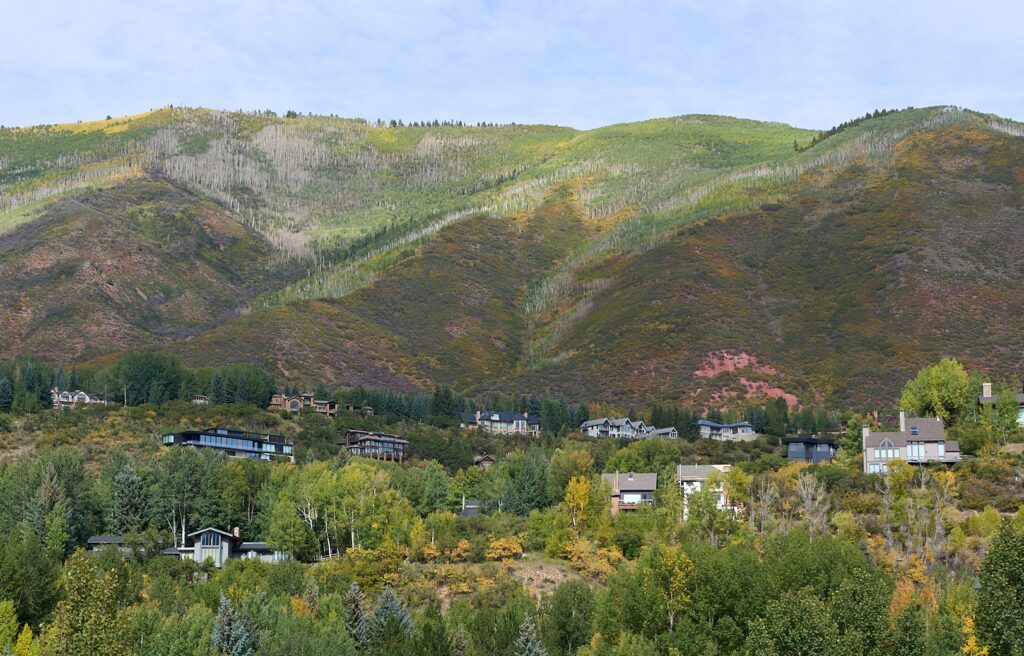Birding in Monte Vista
ACES Staff
May 3, 2013

Alamosa isn’t the first place you think of when you’re planning an early-spring weekend getaway. Known mostly for being Gunnison’s rival as the coldest spot in the state, Alamosa is 250 miles away from Aspen, a five-hour drive this time of year (via Glenwood Springs, Minturn and Leadville). The attraction this time of year is the great migration of Sandhill Cranes, which stop there by the thousands on their way from their winter home at Bosque Del Apache National Wildlife Refuge in New Mexico, to their breeding grounds in Idaho and Canada. That annual spectacle is what drew my wife Penny and I to spend a three-day weekend in the San Luis Valley in late March, where we found cranes in abundance and much, much more.
| Sandhill Cranes |
The Alamosa area is home to several National Wildlife Refuges and State Parks with great bird habitat. But the most accessible and productive birding was found at the Monte Vista National Wildlife Refuge, about halfway between Monte Vista and Alamosa. This refuge features a 2.5 mile loop road that offers excellent viewpoints overlooking several large pond/wetland areas that the Refuge keeps open year-round. While the cranes range far and wide around the area feeding on grain left over from last summer’s harvest, the refuge’s ponds are the main gathering spots for the many waterfowl that also migrate through the valley. When we arrived on Friday afternoon, a first pass through the refuge yielded an impressive list of ducks including Canvasback, Bufflehead, Ruddy Duck, Cinnamon Teal, Coots, Pintail, Widgeon and Shoveler. Oh, and did I mention cranes? The peak of the migration had come through a couple of weeks before (when Monte Vista hosts the annual Crane Festival) but thousands of cranes still dotted the fields and blackened the skies over the refuge, their musical honking filling the air. In addition, huge flocks of geese (mostly Canada Geese with a few Snow Geese mixed in) honked their way back and forth from the nearby farmlands to the safety of the refuge wetlands.
| Cinnamon Teal | Ruddy Duck | Northern Shoveler | Canada & Snow Geese |
Saturday and Sunday were snowy and cold but the birding remained excellent. We added Green-Winged Teal, Ring-Necked Duck, Gadwall, Redhead and Lesser Scaup to our list. A nearby stock pond yielded Common Mergansers and an impressive array of four Bald Eagles. A Peregrine Falcon posed for us on one of the Refuge signs (no photo, drat!) and Harriers cruised the sagebrush looking for lunch. Our last sighting as we left on Sunday was a lone Avocet, frozen into the ice on a frigid morning. We can only hope that it freed itself before one of the predators discovered the easy pickins.
The cranes will have moved on north by now, but the Refuge will be hosting a new set of migrants, including: White-Faced Ibis, herons, egrets, phalaropes, grebes, bitterns and rails. We’re planning our return trip already!
~ Mark Fuller, ACES Trustee
Related Content

RFV Phenology: Green is out, yellow is in! Or is it?
Learn More
ACES // City of Aspen Open Space Birding: Marolt Open Space 9/5/2024
Learn More